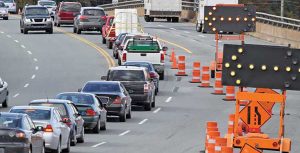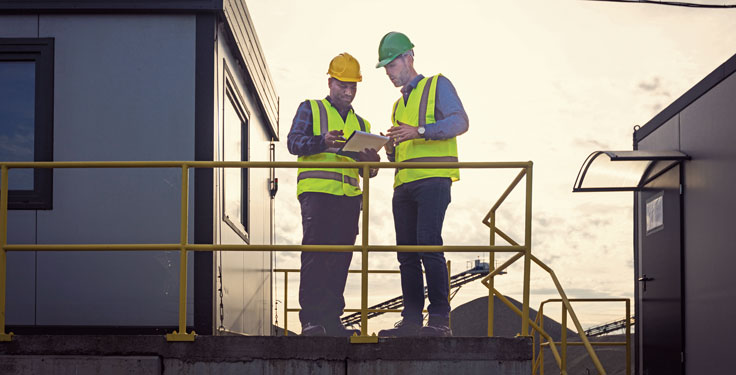How much ‘infrastructure’ is in Biden’s infrastructure proposal?
Infrastructure is finally part of the national conversation again with the introduction of the American Jobs Plan, a bill President Biden touts as a transformational investment for the U.S.
The president’s plan totals a whopping $2.3 trillion, and the administration has characterized it as an infrastructure bill from Day 1. But how much “infrastructure” is actually in this infrastructure proposal?
Roads, bridges and highways are historically at the center of infrastructure improvement discussions, and the alleged spend for transportation initiatives in the American Jobs Plan is $621 billion. According to the White House, the $621 billion is for “roads, bridges, transit, ports and airports, as well as electrifying vehicles.”
The FAST Act, America’s last surface transportation bill, was a five-year, $305 billion measure. So $621 billion, on the surface, is a whole lot more. But how much of that $621 billion will be dedicated to roads and bridges? Is it the majority? Is it a half? Less than half?
Senate Minority Leader Mitch McConnell (R-Kentucky) contends that less than 6 percent of the $2.3 trillion is intended for roads and bridges. If you do the math, 6 percent comes out to $138 billion.
If that’s the planned spend for roads and bridges, can the American Jobs Plan be defined as an “infrastructure” bill? Or is it something else, with infrastructure lightly weaved into it?
Even if all of that $621 billion goes toward roads and bridges, the figure represents just 27 percent of the proposal’s total. Does that represent the long-awaited victory aggregate producers have been waiting for?
Reaching a compromise
The dollar figures put out aren’t the only numbers that beg questions. There are stipulations in the proposal that clearly would not serve aggregate producers well.
The biggest sticking point is the president’s call to increase the corporate tax rate from 21 percent to 28 percent. That would be a major concession for the business community.
Since unveiling the proposal, the president indicated there is wiggle room downward from 28 percent. Still, it’s clear Democrats and Republicans have a long way to go to come to terms on a bill that seriously addresses a transportation infrastructure system that’s continuously described as “crumbling.”
I’m hopeful a more palatable agreement emerges that doesn’t revoke the 2017 tax reform measures that made producers more competitive. The way the $1.9 trillion American Rescue Plan was passed in March – along party lines – is not necessarily an encouraging sign for negotiation on the American Jobs Plan. But it could open a door for a better compromise, as some senators – including Sen. Joe Manchin (D-West Virginia) – already indicated they want to see more bipartisanship coming off that last round of stimulus.











